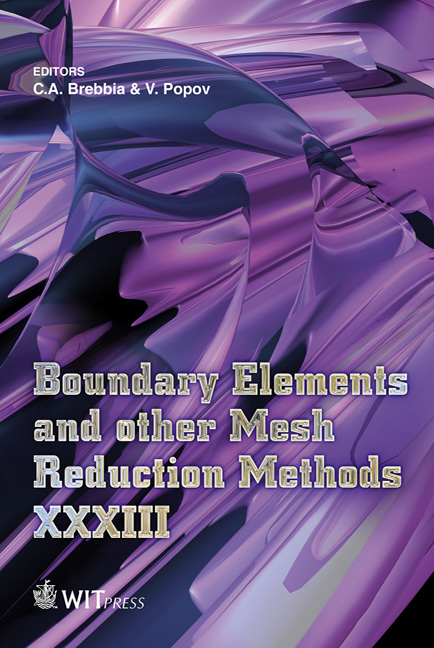Probabilistic Fatigue Crack Growth Using BEM And Reliability Algorithms
Price
Free (open access)
Transaction
Volume
52
Pages
12
Page Range
3 - 14
Published
2011
Size
448 kb
Paper DOI
10.2495/BE110011
Copyright
WIT Press
Author(s)
E. D. Leonel & W. S. Venturini
Abstract
Fatigue and crack propagation are phenomena affected by high uncertainties, where deterministic methods fail to predict accurately the structural life. This paper aims at coupling reliability analysis with boundary element method (BEM) in modeling probabilistic fatigue crack growth. BEM has been recognized as an accurate and efficient numerical technique in modeling crack growth problems. The dual BEM approach was adopted to model crack growth. The couple BEM and reliability algorithms allows us to consider uncertainties during the crack propagation process. In addition, it calculates the probability of fatigue failure for complex structural geometry and loading. Two coupling procedures are considered: direct coupling of reliability and mechanical solver and indirect coupling by the response surface method. Numerical applications show the performance of the proposed models in lifetime assessment under uncertainties, where the direct method has shown faster convergence than response surface method. Keywords: fatigue crack growth, BEM, structural reliability. 1 Introduction Fatigue and crack propagation problems have been widely studied by the scientific community in recent years, because crack growth can explain the failure of structures. The accurate modelling of complex engineering structures, including complex geometries and boundary conditions, requires numerical techniques. Therefore, to model crack propagation problems, numerical models are required because the structural geometry and, consequently, the boundary conditions in these problems change at each crack length increment.
Keywords
fatigue crack growth, BEM, structural reliability





